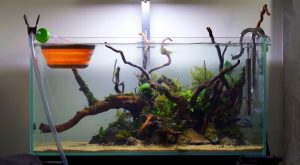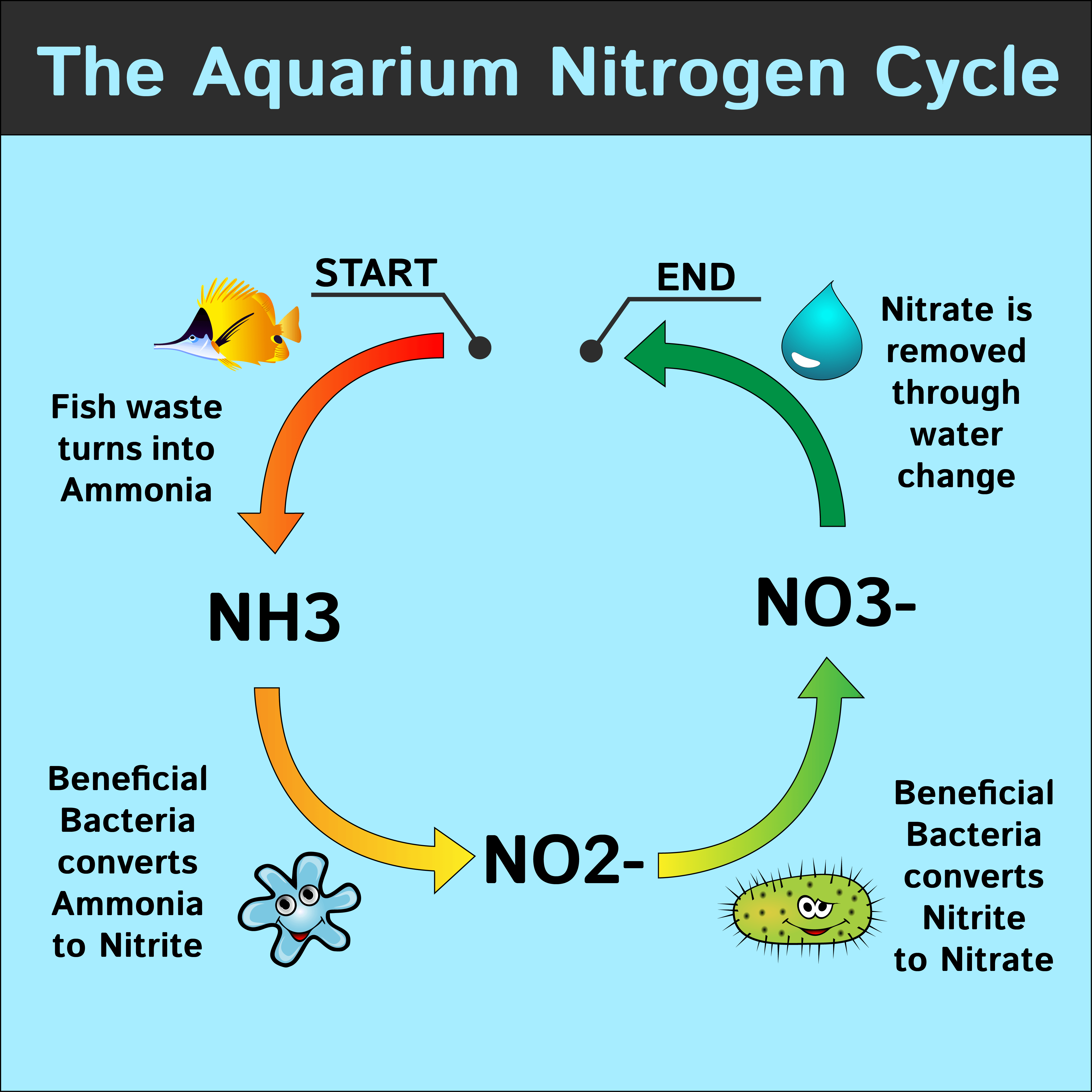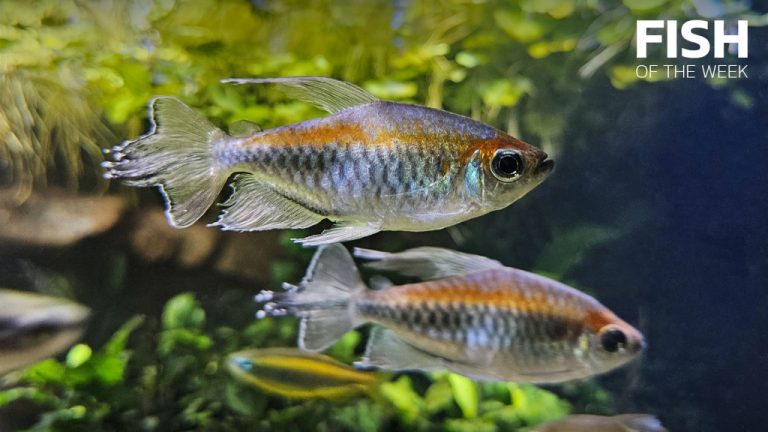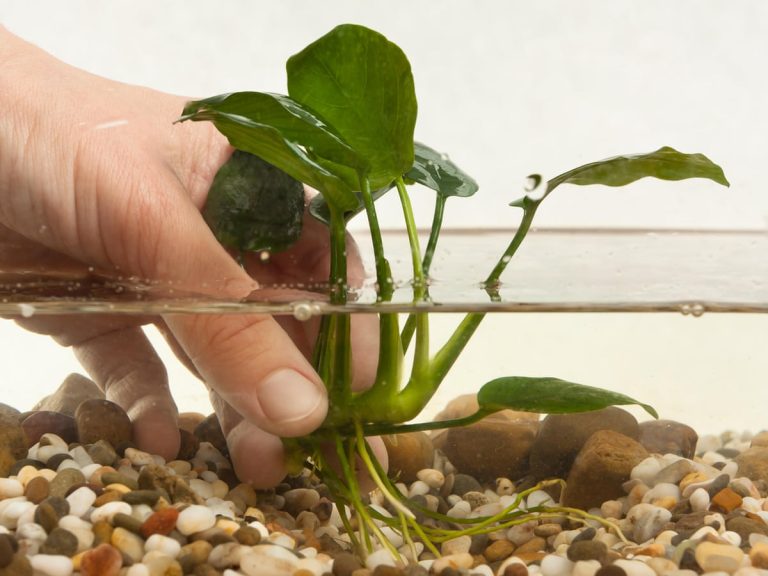What Does Cycling A Fish Tank Mean
Cycling a Fish Tank: Everything You Need to Know
What Does Cycling a Fish Tank Mean?
When setting up a fish tank, one of the crucial steps you need to take is cycling the tank. Cycling refers to the process of establishing a balanced and healthy environment for your fish to thrive in. It involves establishing and maintaining beneficial bacteria colonies in the tank that help break down harmful ammonia and nitrites, which are toxic to fish.
Now that we’ve answered the question, “what does cycling a fish tank mean?” let’s dive deeper into the details to understand why it’s necessary and how to do it correctly.
Why is Cycling a Fish Tank Important?
Cycling is essential for the long-term health and well-being of your fish. Here’s why:
1. Ammonia and Nitrite Removal: When fish excrete waste or leftover food decomposes, they produce ammonia. Ammonia can be toxic to fish, causing stress and even death. During the cycling process, beneficial bacteria called Nitrosomonas convert ammonia into nitrites, which are less harmful. Another group of bacteria called Nitrobacter then converts nitrites into nitrates, which are relatively harmless.
2. Maintaining Water Quality: Cycling ensures a stable and healthy environment for your fish by keeping ammonia and nitrite levels at a minimum. By establishing a balanced ecosystem, you can maintain optimal water quality, preventing fish stress and disease outbreaks.
3. Preventing Fish Loss: When you introduce fish to an uncycled tank, the high levels of ammonia and nitrites can lead to fish stress, suffocation, and death. By cycling your tank before adding fish, you provide a safe and stable environment for them to thrive.

Understanding the Nitrogen Cycle
To grasp the concept of cycling a fish tank, it’s crucial to understand the nitrogen cycle. The nitrogen cycle is a complex biological process that occurs in the aquarium.
1. Ammonia: The nitrogen cycle begins with the waste produced by fish and decaying organic matter, which produces ammonia (NH3). Ammonia is highly toxic to fish.
2. Nitrification: Beneficial bacteria, specifically Nitrosomonas, convert ammonia into nitrites (NO2-). Nitrites are less toxic than ammonia, but still harmful to fish.
3. Further Nitrification: Nitrobacter bacteria then convert nitrites into nitrates (NO3-). Nitrates are the least toxic form of nitrogen and can be removed through water changes or absorbed by live plants in the tank.
4. Denitrification: In some aquarium setups, denitrification may occur. This process uses anaerobic bacteria to convert nitrates back into atmospheric nitrogen, completing the cycle.
How to Cycle a Fish Tank
Now that you understand the importance of cycling and the nitrogen cycle, let’s dive into the step-by-step process of cycling a fish tank:
1. Set Up Your Tank:
– Start by choosing an appropriately sized tank for your fish.
– Rinse the tank, gravel, and decorations to remove any dirt or debris.
– Install the necessary equipment, such as a filter and heater.
2. Add Water:
– Fill the tank with dechlorinated water. Use a water conditioner to remove chlorine and chloramines.
– Allow the water temperature to stabilize before proceeding.
3. Add Beneficial Bacteria:
– Introduce beneficial bacteria to kickstart the cycling process. You can use commercially available products or add them naturally through materials like established filter media or substrate from a cycled tank.
4. Monitor Water Parameters:
– Test the water regularly for ammonia, nitrite, nitrate levels, and pH. This will help you track the progress of the cycle and ensure that the tank is safe for fish.
– During the initial stage, ammonia levels may spike, indicating the growth of the Nitrosomonas bacteria. As the cycle progresses, nitrite levels will rise and eventually decline as Nitrobacter bacteria establish.
5. Partial Water Changes:
– Throughout the cycling process, perform partial water changes to maintain water quality and keep the ammonia and nitrite levels as low as possible. Replace a portion of the water (around 20-30%) and treat it with a water conditioner.
6. Patience is Key:
– The cycling process typically takes 4-6 weeks to complete. It’s crucial to be patient and not rush the process. Adding fish before completing the cycle can harm their health.
Frequently Asked Questions
1: How long does it take to cycle a fish tank?
The cycling process usually takes around 4-6 weeks. However, the time can vary depending on various factors, such as the number of fish and the efficiency of your filtration system.
2: Can I add fish before cycling a tank?
It is not recommended to add fish before completing the cycling process. High levels of ammonia and nitrites can be harmful and even fatal to fish. It’s best to wait until the tank has established a stable nitrogen cycle.
3: Are there alternative methods to cycle a fish tank?
Yes, there are alternative methods such as fishless cycling, where you add a source of ammonia to the tank without fish. This ensures the growth of beneficial bacteria without putting the fish at risk.
Final Thoughts
Cycling a fish tank is an essential process that sets the foundation for a healthy aquarium environment. By establishing the nitrogen cycle and maintaining optimal water conditions, you can provide a safe and thriving home for your fish. Remember to be patient, monitor water parameters regularly, and take the necessary steps to ensure the well-being of your aquatic companions. Happy fish-keeping!






